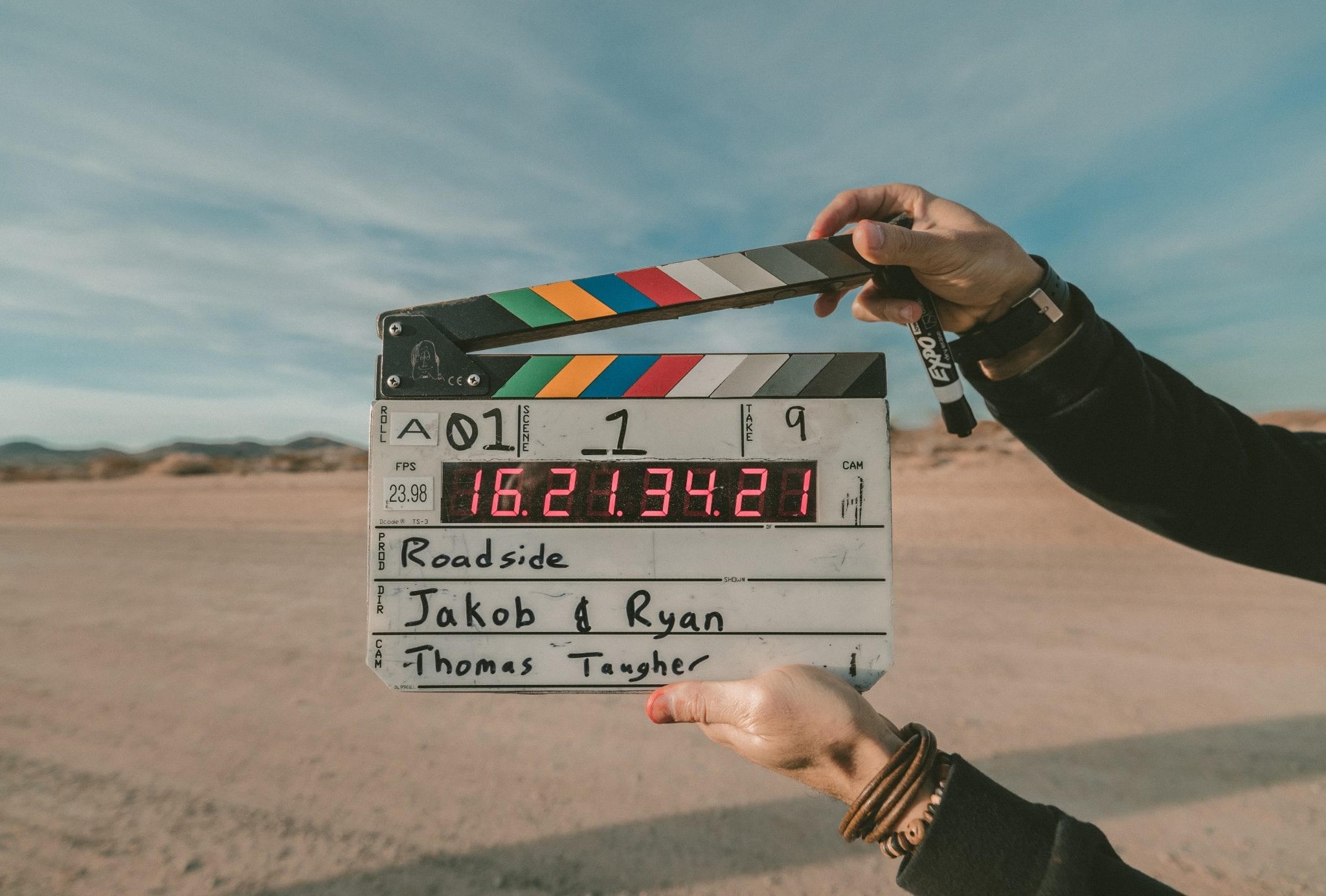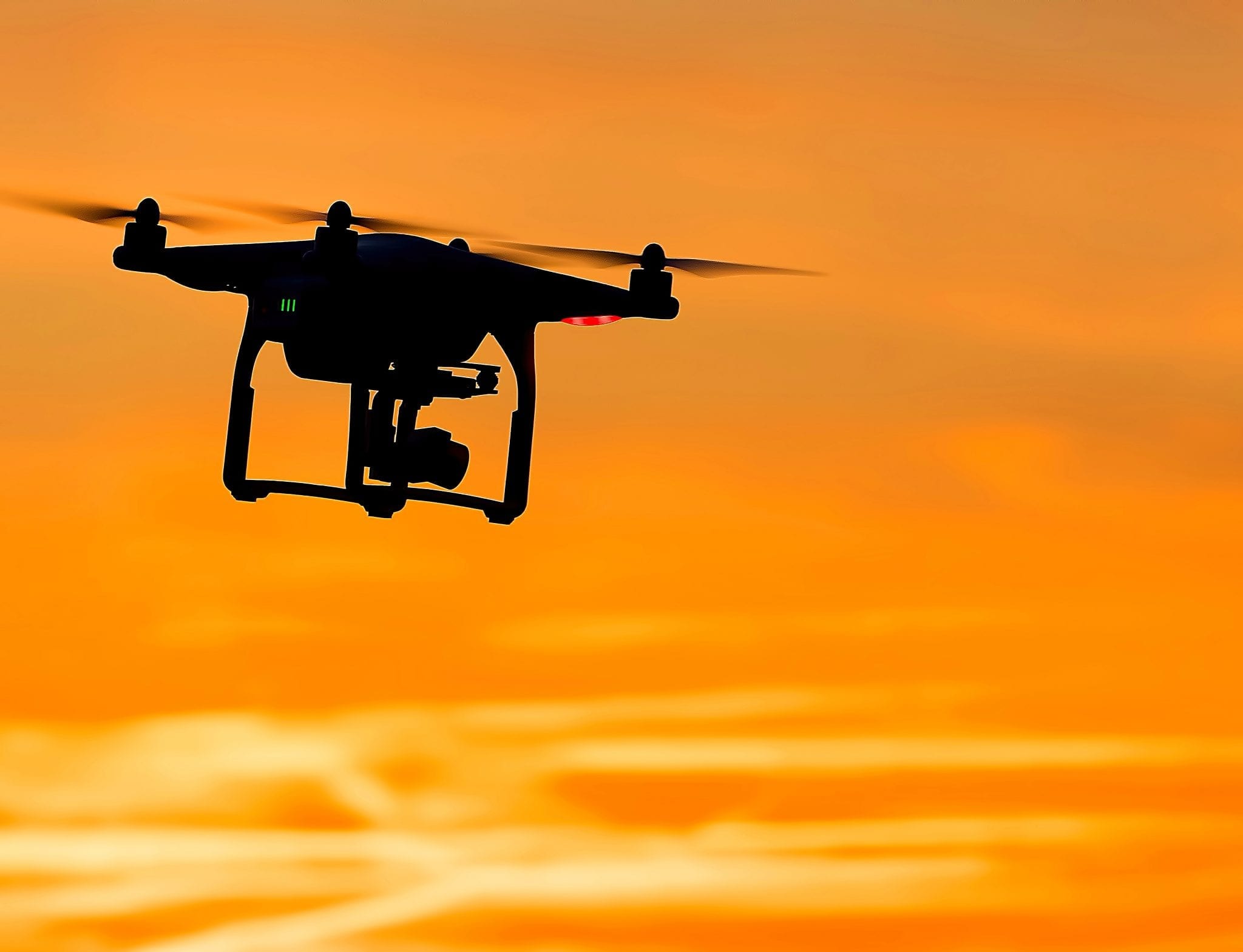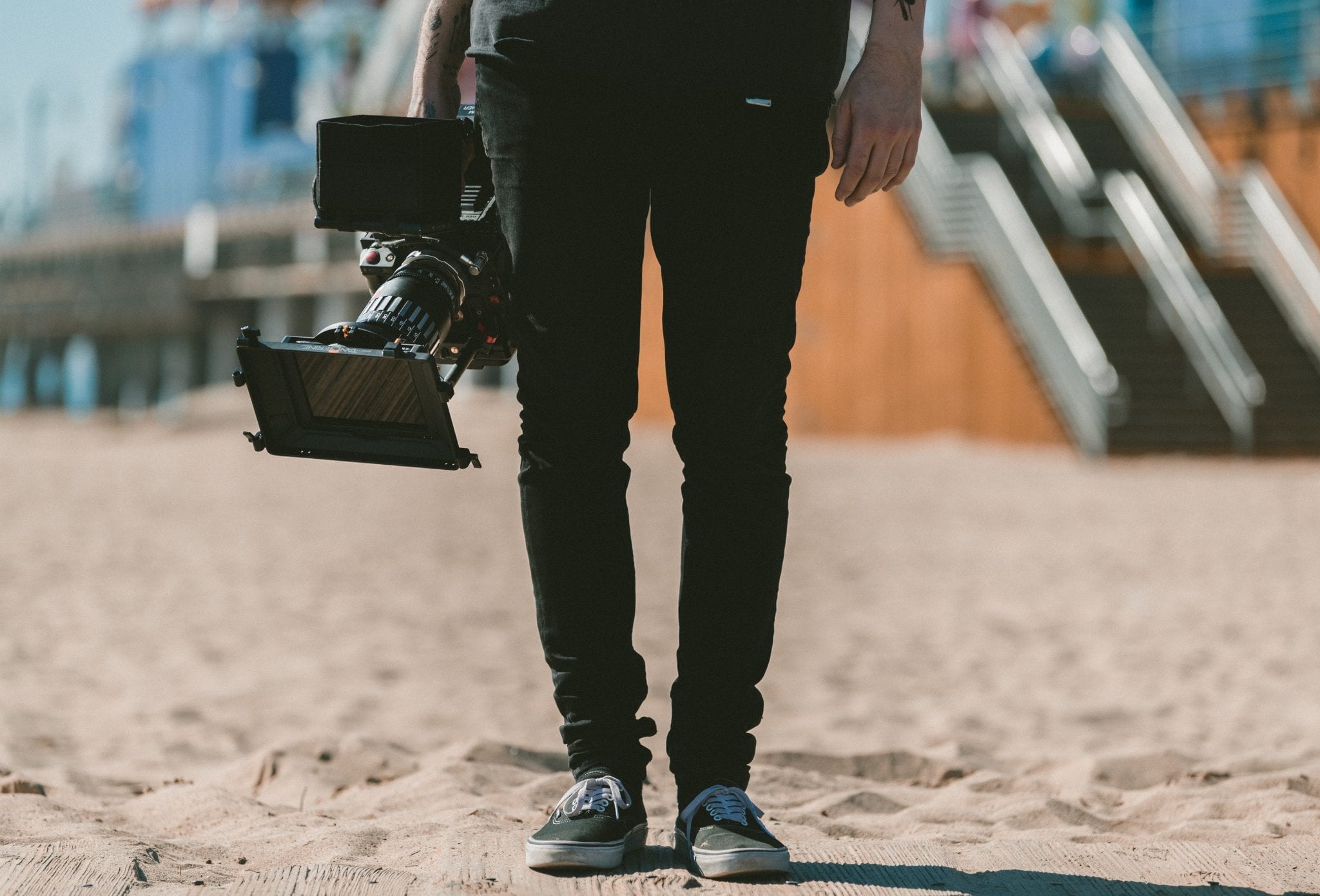On Episode 70 of The Edge of Innovation, we’re talking with photographer Al Pereira about what it takes to be a great photographer and the permanence of pictures in today’s digital world.

Hacking the Future of Business!

On Episode 70 of The Edge of Innovation, we’re talking with photographer Al Pereira about what it takes to be a great photographer and the permanence of pictures in today’s digital world.

Today on the Edge of Innovation, we are talking with Brian Gravel about Media Technology and working with video.

Today on the Edge of Innovation, we are talking with Brian Gravel about The Amazing New World of Drones.

Today on the Edge of Innovation, we are talking with Brian Gravel about Media Technology.